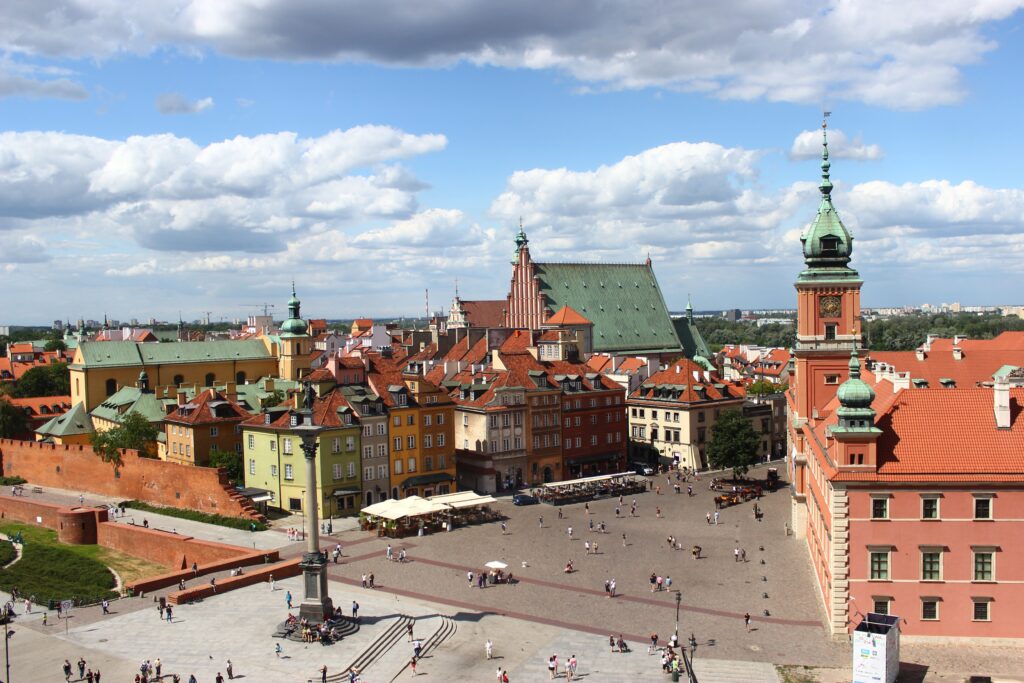
UK
There are seven standard ways to apply for a work permit in the United Kingdom: Business and Commercial Arrangements, Training and Work Experience Arrangements, Sports people and Entertainers Arrangements, Student Internships, GATS, Ancestry Visa, and the Sectors Based Scheme. All applications require the work permit holder to leave the country where the work permit was issued every three months under the Work Permit Arrangements.
The UK work permit system is currently being replaced by a new points-based immigration system.
It is a unique country made up of four nations: England, Wales, Scotland, and Northern Ireland. England, Wales, and Scotland also make up Great Britain.
Canada
Canada work permits are issued under the Temporary Foreign Worker Program (TFWP) by Canada Immigration and Citizenship.
The TFWP has four streams: high-skilled workers, low-skilled workers, the Seasonal Agricultural Worker Program, and the Live-In Caregiver Program.[20]
The Canadian work permit is divided into two which include the “open work permits” and “employer-specific work permits.” With an open work permit, an applicant can work for any employer, but an employer-specific work permit allows the applicant to work for only one employer.
It is required that you already have a job offer before applying for a work permit, although in some cases, you can apply for a work permit without a job offer.
For a foreigner to apply for a work permit in Canada, they would have to apply for a Labour Market Impact Assessment (LMIA) from Employment and Social Development Canada (ESDC), as this is the most used approach. It would then be the duty of the Canadian employer to undertake domestic recruitment efforts and agrees that no Canadian permanent residents or citizens are qualified for the position at hand. After a positive LMIA has been issued to the applicant, they can go ahead to apply for a work permit.


Singapore
The visa policy of Singapore deals with the requirements to enter Singapore. A foreign national, depending on their country of origin, must meet specific requirements to obtain a visa, which is a permit to travel, enter, and remain in the country. A visa may also entitle the holder to other privileges, such as a right to work, study, etc., and may be subject to conditions.
In recent years, applications for visitor visas, work permits, study permits and certain types of permanent residency have been submitted online. However, such applicants must provide their biometrics (photograph and fingerprints) as a part of their application process. Depending on the country by which the passport was issued, a visa application may have to be submitted at a visa application center at a Singaporean diplomatic mission.
Europe
Currently, every EU country has a different process for granting work permits to nationals of non-EU countries. To address this issue, the European Commission began work in 1999 on developing an EU-wide process for the entry of non-EU nationals into the workforce.[1] In October 2007, they adopted a proposal to introduce a work permit similar to the United States “Green Card” program, called the “Blue Card”. It is similar to the UK’s Highly Skilled Migrant Programme, with the exception that it will require an employment contract in place prior to migration. After two years in the first country, the migrant will be allowed to move and work in another EU country, and can sum the number of years spent in the EU for purposes of residency. This new card will abolish work permits across the EU and centralize the issuing from Brussels.

